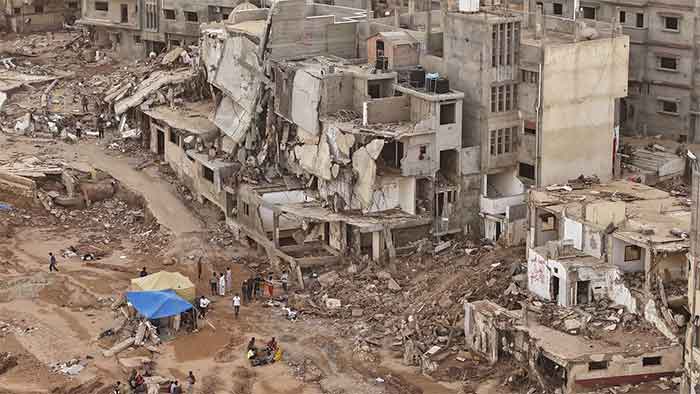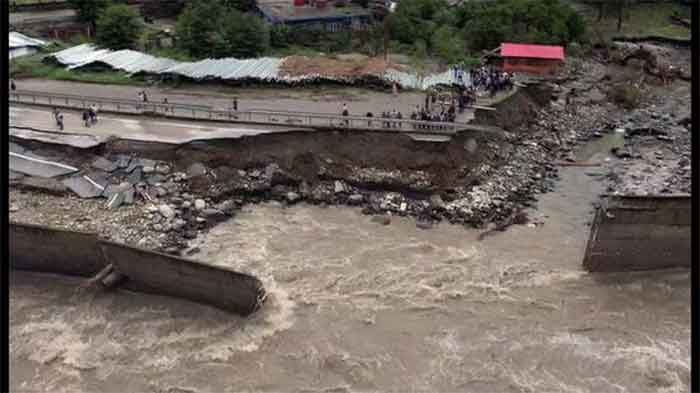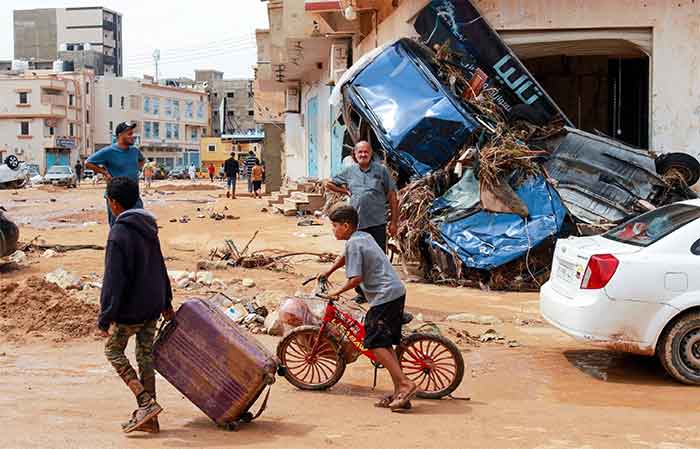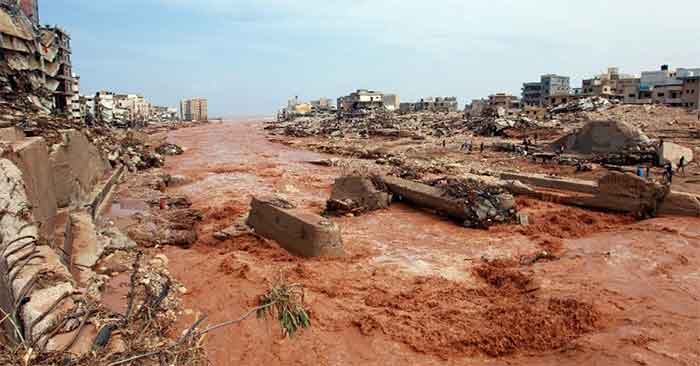
Several parts of India including the capital Delhi are in the middle of above normal floods. This has happened at a very early stage of the monsoon rains and there is need for a lot of caution at this stage itself as the capacity of land, natural water sources and dams to handle floods, which has been eroded badly over the years due to avoidable and controllable factors, has come under too much pressure at an early stage of the monsoons this year in many important urban as well as rural areas.
Of course providing immediate relief to people is a priority, but at the same time there should be a high state of alert in issues relating to dam-management and careful handling of water-flows by dams. There should be clear instructions to dam management authorities that in the middle of various competing objectives the avoidance of catastrophic damage should always get top priority. There should be arrangements for water-flows to be coordinated in such ways that catastrophic damage can be avoided under all circumstances and downstream areas are well-informed of the extent of water releases and the cautions related to this.
As we are in the middle of times of climate change, the authorities and particularly the dam management authorities should be prepared to handle situations which are worse than the norms to which they have been used in the past. The hilly areas, particularly in the states of Uttarakhand and Himachal Pradesh, have become very vulnerable to higher damage from floods and landslides due to a mix of climate change related factors as well as local man-made factors resulting from flawed development policies and projects. This has made the task of dam managers more difficult while at the same time faulty practices relating to dam construction and planning have been followed. All these factors taken together affect our ability to seek protection from the more damaging floods. Just now we must do the best we can within the existing circumstances, but at the same time later we should not forget to attend to the bigger and longer-term issues of improving protection and resilience in more basic ways.
India is not alone in experiencing the paradox of more area becoming exposed to floods even as the expenditure on flood protection goes on increasing. Many countries have experienced this. Clearly we need a review of basic thinking related to flood protection.
There are some floods which are very highly destructive and/or prolonged. Clearly we need to give more attention to check such floods or reduce the harm from them. Some of the most destructive floods in recent years have been those caused by embankment breaches and sudden release of huge quantities of water from dams. Such floods can be checked to a very significant extent by adopting appropriate policies, in the short-run and in the longer term. Some of the most prolonged floods or water-logging cases are those caused by the obstruction of natural drainage. These can also be checked to a significant extent by adopting appropriate steps in the short-term and in the longer-term.
However while checking the more destructive and prolonged floods, we must also learn to co-exist with the natural process of rivers spilling over their banks when there are heavy rains. There are ways of making this co-existence much more bearable and even turning the flood-flows to several beneficial uses.
Firstly, forests and green cover in the catchment areas should be very well-protected. There is a lot of difference between natural dense mixed forests and man-made plantations. It is natural mixed forests with their good share of more dense, broad leaf species that we need, as well as plenty of other indigenous growths that can protect soil and conserve water effectively. We need well-planned soil and water conservation efforts in catchment areas, taken up with close participation of local communities.
In the immediate flood-plains nearer to river we must avoid costly infra-structure and those crops which can be destroyed easily by floods. This is the place for conserving water and for fruit orchards or other useful trees which are capable of absorbing as well as tolerating excessive water and moisture, for grass fodder as well as livelihoods based on this.
If we take these precautions then by the time floods reach the wider flood-plains their intensity would be much reduced. More flood-tolerant varieties of crops can also be found, based on indigenous biodiversity which has been neglected. The drainage paths should be kept so free of obstructions that flood waters find their path easily to natural depressions, lakes, ponds and tanks, filling them up to provide water later in the rain scarce months. Free drainage paths devoid of obstructions will allow water to clear quickly, at the same time leaving behind fertile silt which will help farmers to get good crops without chemical fertilizers.
We need to be much more selective and cautious regarding engineering structures of dams and embankments, taking prudent decisions on the basis of this understanding, instead of just rushing for dam and embankment construction without a comprehensive understanding of various impacts. Transferring floods from one pace to another should not be confused with protection from floods.
All this requires very good understanding of local conditions and a highly decentralized approach, with communities empowered and resourceful to take and implement decisions and also having the understanding to resolve differences and work for common good.
While a broad understanding at a wider level is very useful, the implementation must be as per local conditions and realities, and for this decentralization and empowerment as well as harmony of local communities are very important.
To bring such changes in flood policy, the perception about rivers and floods should change in very basic ways. A narrow engineering based perception and dominance based perception should change to a perception based on living with nature, understanding nature and its ways and trying to live in harmony with them , as well as the related vision of largely free-flowing rivers. Such a vision also involves giving adequate importance to all life-forms which thrive in and around rivers. Such a vision involves wider and longer-term thinking based on harmony with nature, while giving up narrow and reductionist approach based on dominance.
Unfortunately the functioning of various authorities has been increasingly along the lines of giving people some short-term benefits which can fetch votes at election times while ignoring wider issues of ecologically protective development, in rural as in urban areas, and this is leading to increasing vulnerability to disasters like floods and landslides at a time when better protective policies are needed due to climate change. Hence longer-term democratic reforms are also much needed to resolve these issues in better ways and avoid possibilities of catastrophic destruction.
Bharat Dogra is a journalist and author, is Honorary Convener, Campaign to Protect Earth Now. His latest books include Man over Machine and Protecting Earth for Children.















































